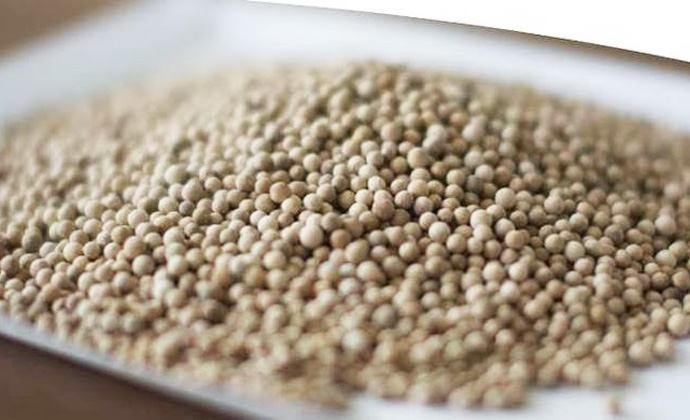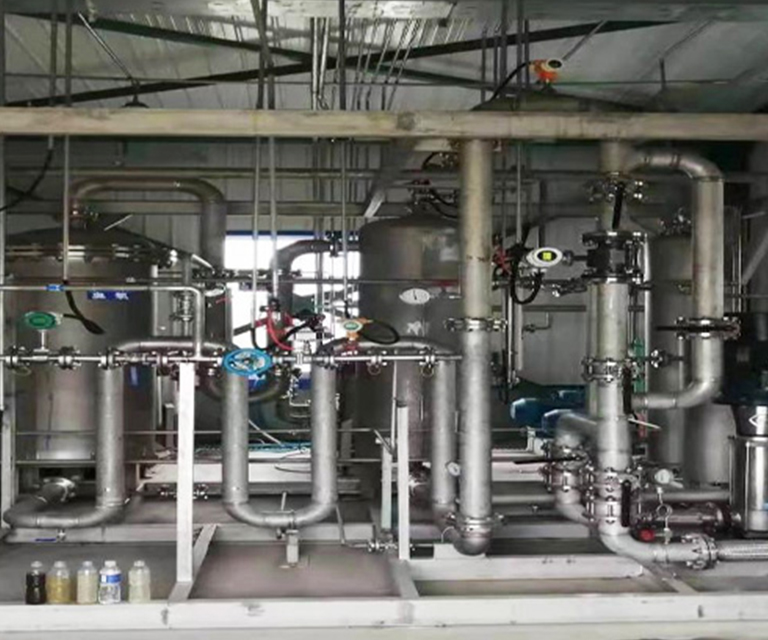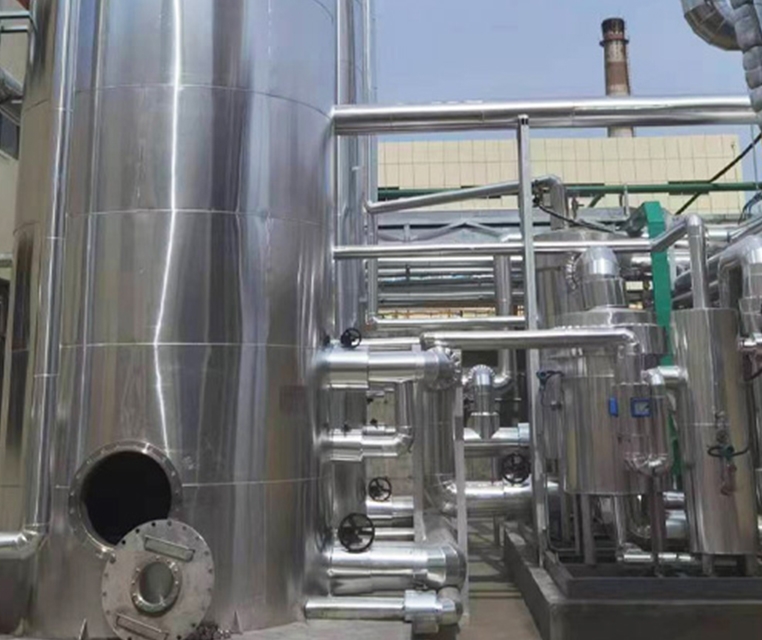The HP-Naro micro-nano ozone advanced treatment technology independently developed by the team can remove refractory organic matter in sewage, greatly improve the COD removal rate in coal chemical wastewater such as coking and blue carbon, and reduce the COD concentration to less than 20 mg/L in municipal wastewater in the park . The effluent COD reached the surface water environmental quality standard III water standard, achieving a technical breakthrough in this direction.
(1) High pressure dissolved gas water is formed by high pressure inlet water and Venturi jet pressurized mixture, which greatly improves the solubility of ozone and improves the solubility of ozone in water to 50-60mg/L.
(2) The high-pressure dissolved gas water is further cut in the mixing cutter and dissolved gas tank to form a large number of micro and nano dissolved gas bubbles, and then evenly distributed in the catalytic column through a special dissolved gas water release device.
HP-Naro micro-nano ozone catalytic oxidation technology greatly improves the reaction rate. Micro-nano bubbles refer to bubbles smaller than 1 micron. Compared with the large bubbles generated by traditional aeration disks, micro-nano bubbles have smaller size, larger specific surface area, slower floating speed and higher mass transfer rate. At the same time, micro-nano bubbles have the characteristics of self-contraction and rupture under the liquid, and generate hydroxyl radicals in this process, thereby improving the ability of ozone oxidation. The size effect of ozone nanobubbles is manifested as long life in liquid, surface charge, and high internal density. The unique interface properties of nanobubbles make ozone micro-nano bubbles more efficient in degrading pollutants.



 in the coal chemical industry wastewater treatment project in the COD removal rate of 50% - 60%, do not need to adding the catalyst, Solve the problem of catalyst scaling, hardening, rapid deactivation and frequent replacement;
in the coal chemical industry wastewater treatment project in the COD removal rate of 50% - 60%, do not need to adding the catalyst, Solve the problem of catalyst scaling, hardening, rapid deactivation and frequent replacement;




